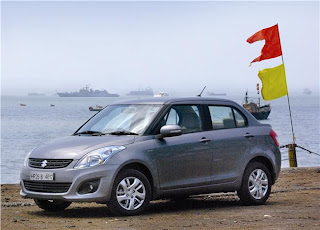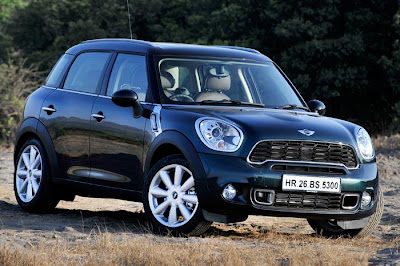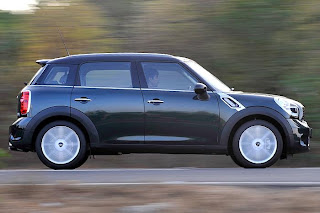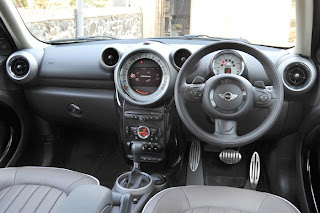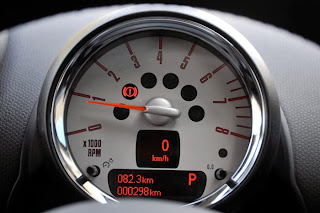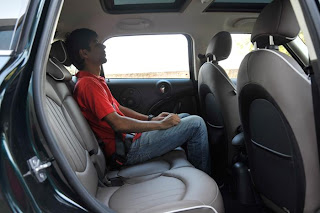Our convoy of a burnt orange Aventador sandwiched by a bright green Gallardo Superleggera & a steel grey Performante slices through the Italian countryside on the outskirts of Sant’Agata Bolognese. It’s an eye popping sight which, along with the sound of 22 cylinders dishing out a collective 1814bhp, has the potential to create anarchy in the streets. I’m expecting to be chased by camera phone toting bambini in Pandas & Puntos. But we get, at best, the odd glance or an approving nod from fellow enthusiasts whenever we stop to switch cars.
Lamborghinis are made in Sant’Agata Bolognese so they are probably as common a sight around here as a Nano is in Sanand. In fact, we are at the epicentre of the supercar world & it’s in this innocuous part of Italy that Lamborghini, Ferrari & Maserati all live within fighting distance of each other. For these brands it’s all about heritage, so even though Audi bought Lamborghini in 1998, this marque is just as Italian as it was in the days of its founder, Feruccio. & the cars we are driving, the latest in the Lamborghini range, couldn’t be truer to the brand – each one of them extrovert, in your face & very loud.
We set off from the factory & head north to Lake Como some 250km away. I’m behind the wheel of the Aventador and, at the risk of sounding like a show off, will say that it’s a car I’m very familiar with. The first time I drove Lamborghini’s new flagship was on the Mumbai Nashik highway & that very same car was subjected to its only ever proper road test on Indian soil. So what does it feel like at home in Italy?
Not much different, actually. It pulls in the horizon at the same brutal rate, sounds apocalyptic at max revs & leaves you in the same state of shock & awe. If anything, the Aventador requires more concentration on the fast paced Italian autoroutes where there’s a rather casual view of speed limits & lane discipline. But despite heavy Friday evening traffic, cars ahead quickly peel off into the slower lane as this bright orange projectile with its distinctive LED lights menacingly fills their mirrors. The Aventador is not just intimidating to drive, it intimidates others too, & few cars create the same visual impact. When traffic slows down, cars pull up alongside to give us waves, a thumbs up & lots of clicks. A 100km away from Sant’Agata, this car is already a rarity.
The one thing the drive to Como teaches me is about the everyday practicality of the Aventador which, to be honest, is almost non existent. It’s simply not designed to trundle along in traffic & the wide girth, poor all round visibility & jerky 7 speed single clutch gearbox make it hard work. This is a car that feels best on the other side of 200kph or when it’s simply standing still so you can gape at what is one of the most stunning looking road cars of all time.
The Gallardo Performante is no less & has all the visual drama you can expect from a Lamborghini convertible. Given that it’s derived from the Gallardo LP570 4 Superleggera, it’s swathed in carbon fibre & has the same finely honed sense of purpose, which is to simply blow you away. & it does. An early morning drive the next day with the top down around hills near Lake Como highlight the epic V10 engine & its eardrum busting sound. Performance, though clearly not in the Aventador’s league, is still shattering enough. But it’s the fact that you can see so much better out of a convertible that makes the Performante a lot easier to hurtle down a twisty road.
Fact File
Engine
Fuel Petrol
Type 10 cylinders V 90º, DOHC 4 valves, common pin crankshaft
Power 570bhp at 8000rpm
Torque 55.06kgm at 6500rpm
Transmission
Type Permanent 4 wheel drive with viscous traction system
Dimensions
Length 4386 mm
Width 1900 mm
Height 1184 mm
Wheel base 2560 mm
Chassis & Body
Weight 1485 kg
Tyres Pirelli P ZERO CORSA 235/35 ZR 19(Front), Pirelli P ZERO CORSA 295/30 ZR 19 (rear).
Performance
0 100 3.9sec (Manufacturer's figure)
0 200 12.1sec (Manufacturer's figure)
Economy
Tank size 80 litres














